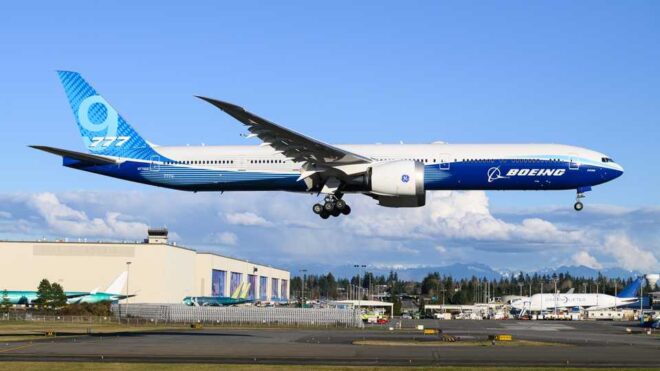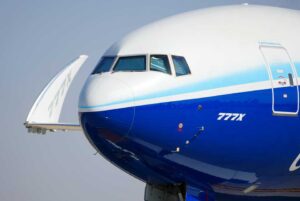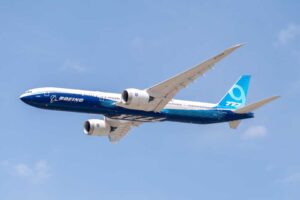
United Airlines ‘ Senior Vice President of Global Network Planning and Alliances, Patrick Quayle, has revealed why the airline has not yet ordered the Boeing 777X. In an interview with Business Insider, the executive indicated that the carrier likely would not place an order for it as it simply does not fit its business model.
His insights also provide an idea as to why the other two big US carriers (namely American Airlines and Delta Air Lines ) have thus far steered clear of the plane.
High capacity
The use of a large widebody jet like Boeing’s 777X requires adequate demand. In a typical two-class layout, Boeing says that its -8 variant can accommodate 395 people, while the larger -9 can carry 426. In other words, the 777X is theoretically an ideal replacement for the high-capacity Boeing 747, the last of which left United’s fleet in 2017.

But jets like the 747 were costly to operate and are difficult to fill. Now, it seems United Airlines is straying away from these high-capacity jets as it moves towards low-risk smaller planes that are more likely to be filled on busier routes.
The capacity of the 777X is also an essential consideration when we look at the airline’s network. United’s multi-hub system means its traffic is not concentrated at a single airport, unlike other non-US airlines like Emirates, for example, whose main hub in Dubai is either the origin or terminator for all its flights.
A knack for connections
United operates from seven main hubs, Quayle notes. This includes:
Chicago O’Hare International Airport
Houston George Bush Intercontinental Airport
Washington Dulles International Airport
San Francisco International Airport
Los Angeles International Airport
Denver International Airport
Newark Liberty International Airport
The airline uses all of its hubs for connections. As a result of this, connecting traffic is not concentrated at a single location but is rather spread out across the United States.
“Everything is out, and everything is back, and it’s all through these massive connecting complexes. The reason American, Delta, and United didn’t order the 747-8 or the A380 is for this very situation in that the traffic is fragmented and splintered.”

London as a well-connected example
In the interview, Quayle pointed to the airline’s operation at London Heathrow Airport . He mentioned that the carrier operates from all seven of its hubs to the English capital, demonstrating the spread of its network across its US hubs.
“We’re not taking people from the west coast, flying them to the east coast, and then flying to London. We’re flying nonstop from the West Coast, nonstop from the mountain region, nonstop from Houston and Chicago, and nonstop from the East Coast.”
Because of this, a high-capacity 777X does not make sense. Instead, it works better at airlines that require its size. For instance, the largest orders for the 777X come from mostly single-hub carriers. Take a look at the following table detailing the top 5 airlines for the passenger variants of the family, thanks to data from ch-aviation.
Airline
Variant
Number of orders
Main (long-haul) Hub(s)
Emirates
777-9
170
Dubai International Airport
Qatar Airways
777-9
60
Doha Hamad International Airport
Singapore Airlines
777-9
31
Singapore Changi Airport
Cathay Pacific
777-9
21
Hong Kong International Airport
Lufthansa
777-9
20

Most of these airlines have one or very few hubs, meaning connecting traffic is concentrated at a limited number of locations. As such, higher capacity can come in handy on busier routes to larger destinations.